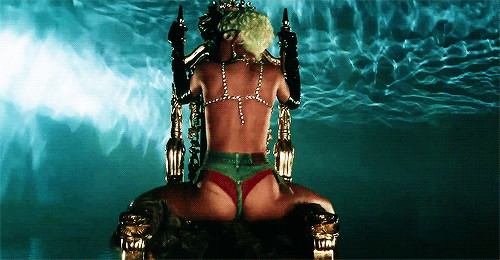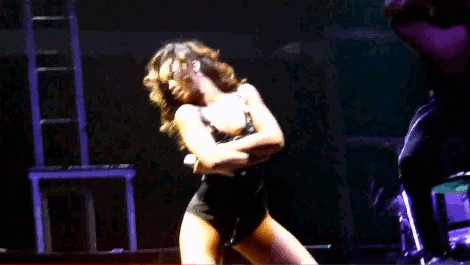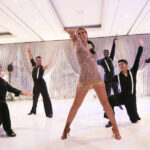Rihanna’s “Work” took the world by storm, and let’s be honest, we’ve all been trying to master those moves ever since. Scrolling through comments online, you might see people using “twerking” and “whining” interchangeably to describe the dance in the music video. But for those in the know, or those eager to learn, there’s a distinct difference, especially when we talk about Dance Whining. It’s all about how you move your body, specifically your hips and waist.
Let’s break it down, starting with a move that often gets confused with dance whining: twerking. Think back to Rihanna’s “Pour It Up” video.
Drawing from the rich dance traditions of West Africa, particularly the mapouka from Cote d’Ivoire, twerking has evolved into a global phenomenon. Mental Floss describes mapouka as “dance of the behind,” noting its traditional and more contemporary, expressive forms. As seen in modern pop culture, especially in hip-hop, reggae, dancehall, and moombahton, the latter form has definitely taken center stage.
 rihanna-trying-to-twerk
rihanna-trying-to-twerk
Simply put, twerking is where your backside seems to have a mind of its own, moving independently and emphatically. For a vivid example, check out Diplo’s “Express Yourself” music video.
Now, let’s turn our attention to dance whining. To understand this move, let’s rewind to Rihanna’s early hit, “Pon de Replay.”
According to SpiceIslander, whining is rooted in Caribbean dance culture. A Caribbean dance expert defines it as “the thrusting or rotating of the pelvic girdle in a rhythmic pattern.” In the Caribbean context, dance whining is a recognized and celebrated dance form. Unlike dances focused on footwork, soca music and dance whining emphasize rhythmic waistline movement above all else.
Think of dance whining as a fluid and rhythmic gyration of the hips and buttocks, relying heavily on smooth, controlled waist movement. It’s less about isolated ass-shaking and more about a continuous, wave-like motion through your core.
 Rihanna showcasing dance whining with smooth waist and hip rotations.
Rihanna showcasing dance whining with smooth waist and hip rotations.
Closely related to grinding, dance whining often exhibits a strong rhythmic connection, whether you’re dancing solo or with a partner. You can even incorporate body rolls to enhance the fluidity of the movement.
Hopefully, you’re starting to grasp the difference between twerking and dance whining. Rihanna masterfully blends both in the first part of “Work,” showcasing a dynamic range of motion.
If you can seamlessly combine twerking and dance whining, you’ve unlocked some serious dance skills, reaching Rihanna-level mastery.
While I’m not a professional dancer, I can definitely appreciate the nuances of these moves, especially when a track like “Work” hits and the rhythm takes over.


